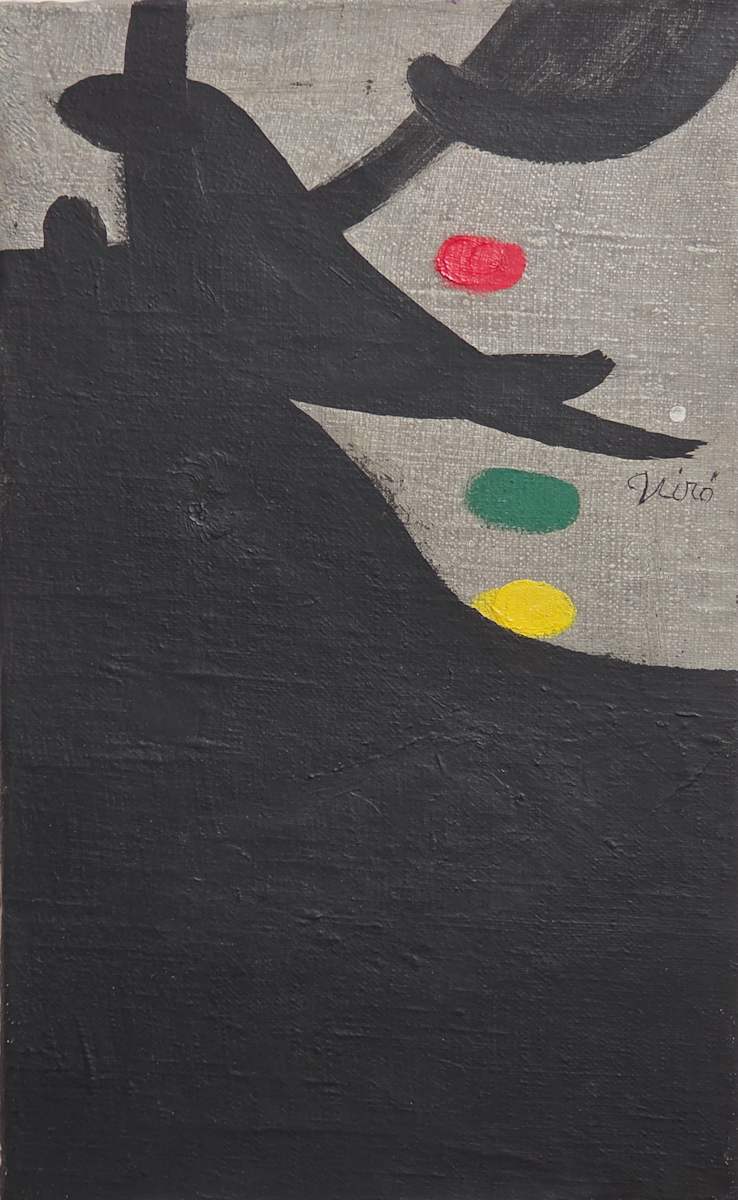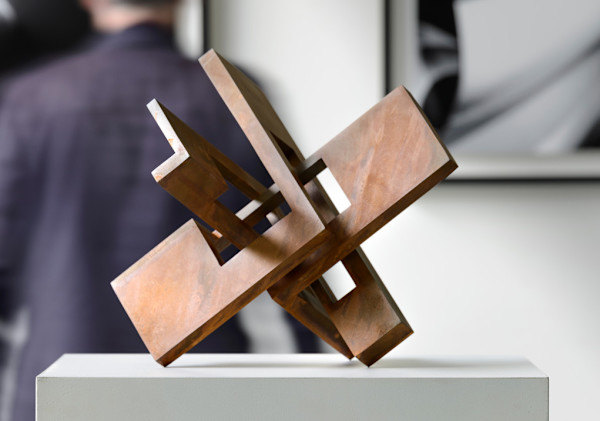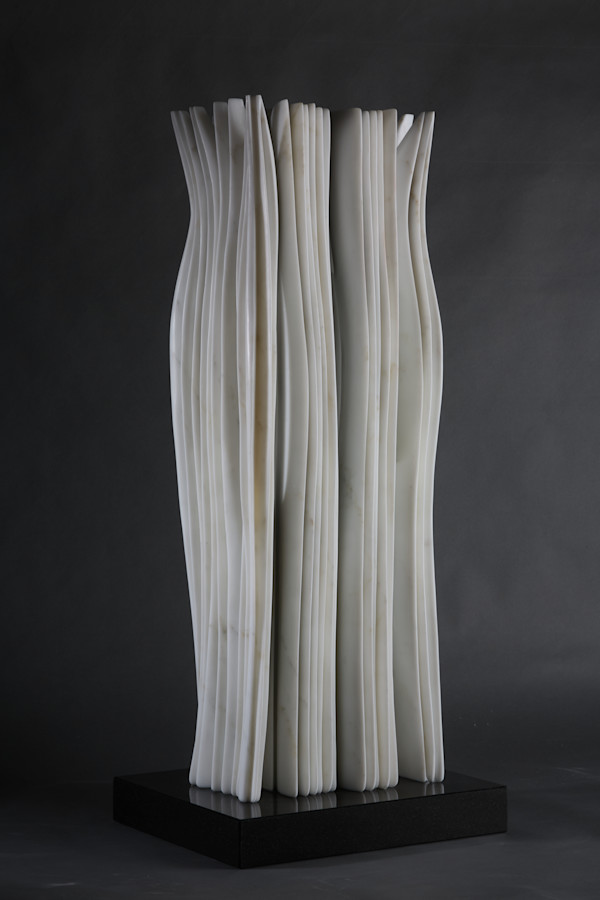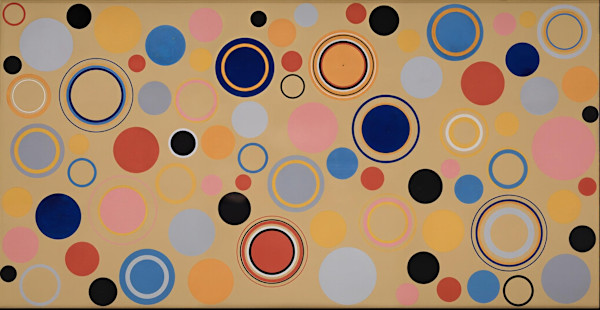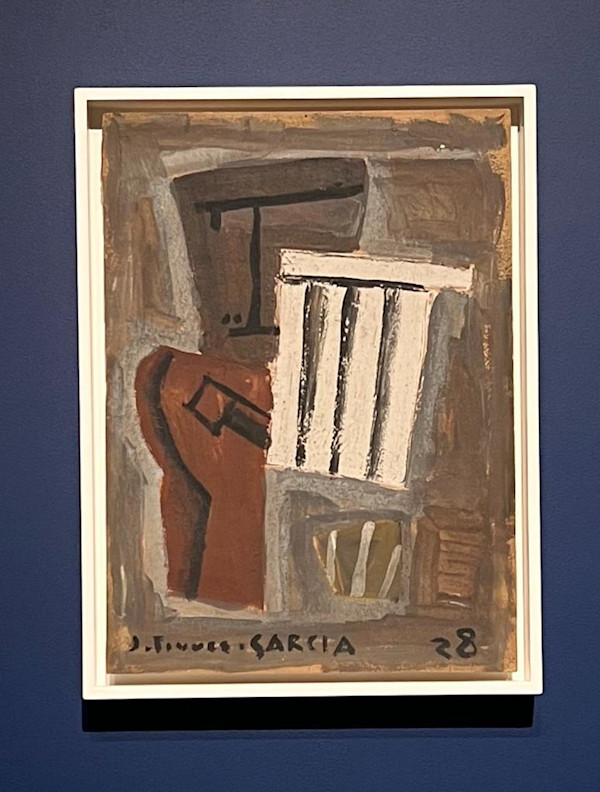Joan Miró created several works titled "Peinture" (Painting), especially during the 1970s, a period in which his artistic language reached great synthesis and maturity, characterized by the simplification of forms and the use of primary and contrasting colors. In 1975, Miró was at the peak of his career, focusing on the essential and removing everything superfluous to enhance direct expressiveness.
Miró's works from this era—including acrostics, lithographs, and paintings titled "Peinture"—often show neutral backgrounds and gestural black strokes, accompanied by small dots of color. Abstraction and symbolism are present, frequently representing forms such as birds, stars, women, and cosmic elements, all very prominent in his iconography. Miró had a special interest in depicting nature and childhood through a visual language that was naive, automatic, and very personal.
"Peinture I" from 1975 embodies this mature style: formal simplification, use of black to define spaces, and intense colors that stand out (red, yellow, and green). The piece, like others from Miró in that period, seeks to connect with the subconscious and visual poetry, moving away from direct representation to offer a more evocative proposal open to interpretation.
In summary, "Peinture I" reflects Miró’s stylistic refinement during the seventies, with a distinctive language that combines lines and simple color spots, exploring the links between painting, poetry, and nature.

